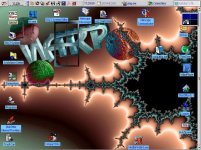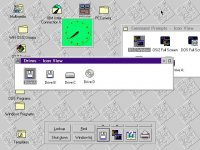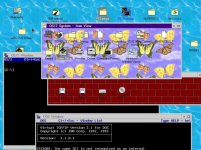I think OS/2 had many problems. In many ways some are the same problems Linux has, one of which is it needed a techy to manage it. I think the biggest one was that IBM made the same assumption BT made about ISDN, that is:-
1. Folks had to have it.
2. You could charge a premium price for it.
If you don't think this is true for Linux look at the price for a RedHat support contract and then when you have an issue with UBUNTO try and explain to your risk manager you chose a release with no commercial support....
OS/2 wanted to be every ones answer to every ones prayer. I think IBM saw mainframes and AS/400 vanishing, which they almost have, and wanted to be first on the game with a new wonder machine. Just like the "Future Systems" project they tried to deliver too much software on hardware that wasn't yet up to the job.
When Windows/95 came out it ticked 90% of the boxes for 90% of the people, and as some one else said, that's just enough to get elected president. Windows/95 came with TCP/IP built in. For MOST WARP releases it cost more than the basic OS. Yes there was dial-up support, but in reality that meant IBM was charging more for the TCP/IP LAN interface than they were for the rest of the OS.
Then there is that old chestnut of reliability. In practice OS/2 was no more reliable than Win95. It has a major flaw in its input queue processing so if any app gets stuck and stops processing its input the whole OS locks up. I used it for a while as we tried to down port an application from SunOS to a commodity PC platform. It just didn't cut it.
http://arstechnica.com/business/2013/11/half-an-operating-system-the-triumph-and-tragedy-of-os2/5/
in practice, once you knew which apps caused problems in Win95 you went and found a different one that didn't cause problems, so it stayed up pretty much all of the time. Because its really a very sophisticated DOS extender its really very quick . On the other hand with with OS/2 you were lucky to find one native app, and it wasn't quick...
... and as for modern Windows, well I have been retired for 12 months but we used to run about 300 windows servers in my last job. We seldom had a windows crash. On the other hand the Linux appliances, well they were appliances...
We still see the same mentality today. No one buys a piece of software because it ticks fewer feature boxes on a comparison test, then they complain what they have bought is complex and hard to use, well of course...



